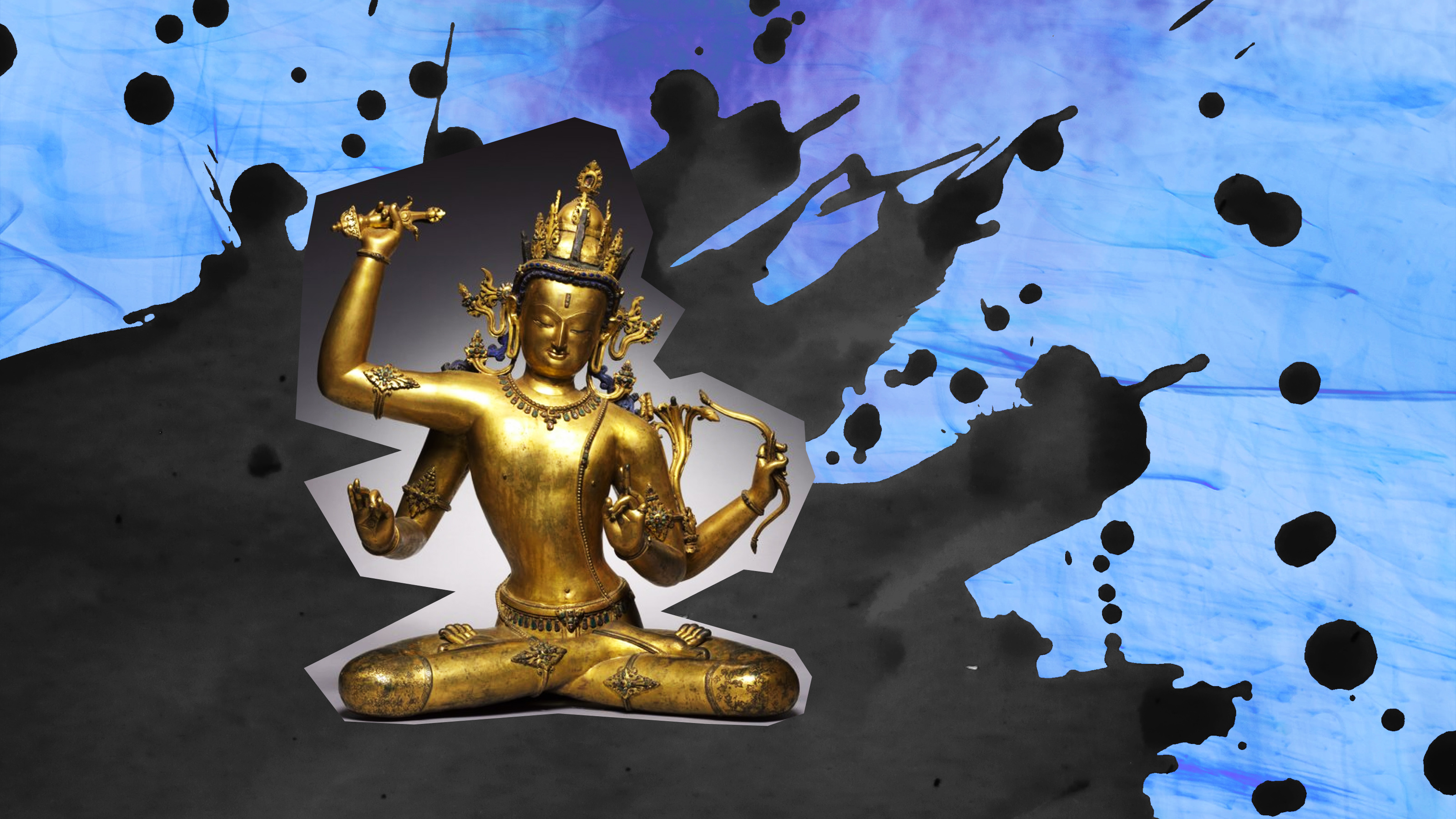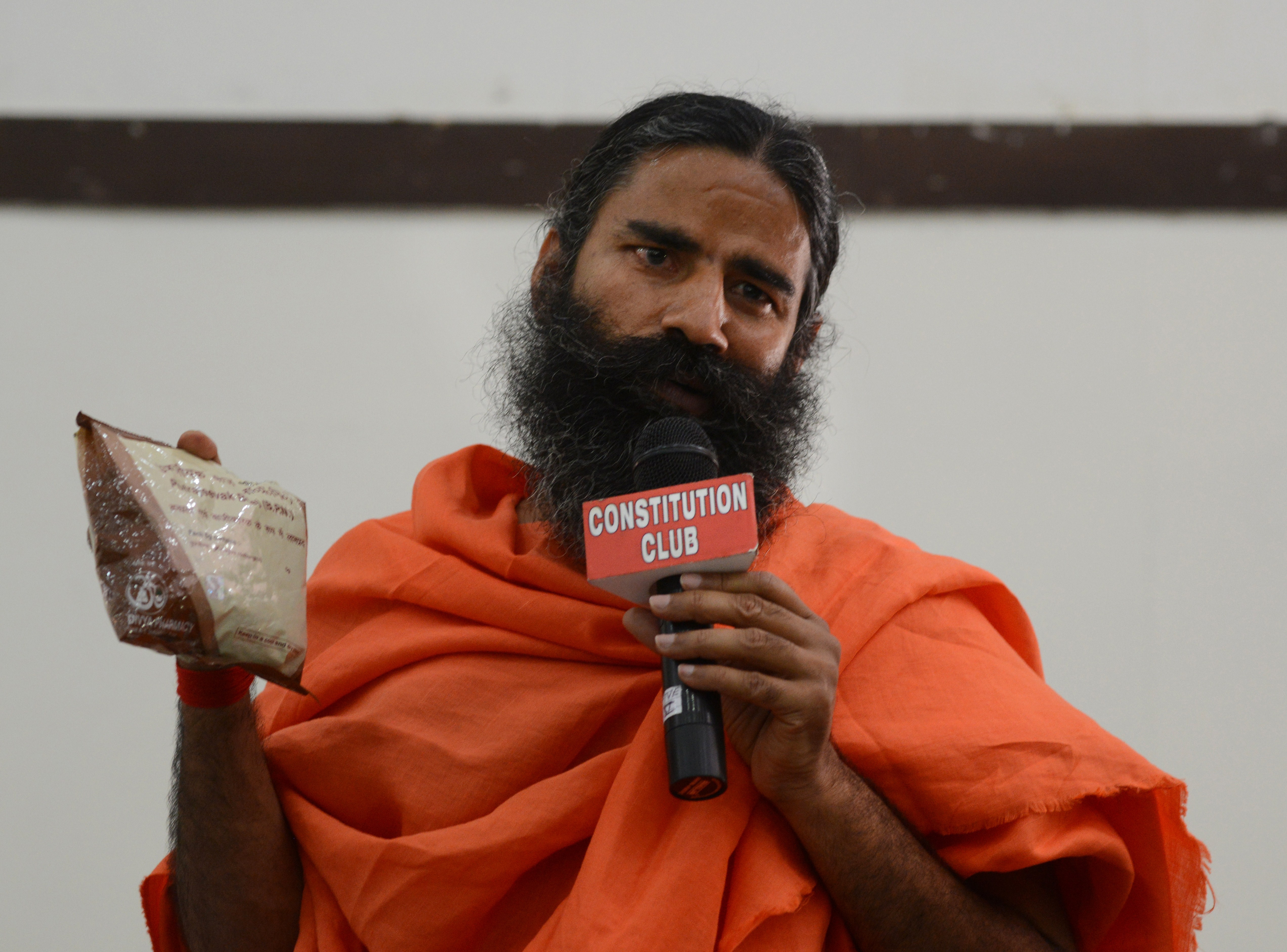International Yoga Day: Can A Country Own a Spiritual Practice?

Yoga is a religion. No it’s not. It’s a spiritual practice. That’s also an exercise. Only it’s not about exercise. Physicality has nothing to do with it — it’s all about the inner world. An inner world that has nothing to do with religion, that is. Or spirituality. What yoga really is about is, well, what day is it?
Such is the confusing banter that arrives from the spiritual birthplace — as it’s sometimes referred to — of yoga, India, as well as the country that made it a global economic force, America. Chances are by now you’re ready to comment about exactly what yoga is — to you, at this moment, in terms of how you practice it. Because that’s what it’s really about.
Yet there has never been an easy answer to the question of what yoga is. In his 1958 book, Yoga: Immortality and Freedom, religious historian Mircea Eliade writes,
“If the word ‘Yoga’ means many things that is because Yoga is many things.”
Yoga’s multifaceted nature is a feature, not a bug. Samkhya philosophers and jnana yogis endlessly debate the function and reality of consciousness. Tantrikas chant mantras, roll beads between their fingers. Raja yogis meditate; hatha yogis posture. Aghoris drink blood and semen, together. There are intersections, disagreements. But one of the more frustrating aspects of modern yoga is the notion of ownership.
India’s prime minister, Narendra Modi, cast his vote when addressing the UN to make June 21 “International Yoga Day,” a move that succeeded in December. This year marks the first, along with a strong marketing campaign by Incredible India, which features the slogan:
“Get rid of 21st century stress. Stand for 5,000 years.”
Ok, I have no idea what that means; 5,000 years points to the supposed birthdate of yoga, though textually and archeologically there is no such proof — it’s one of those obtuse memes, like the notion that our brain uses 10 percent of its capacity. Sounds good, I suppose, even with no basis in reality.
Still, it’s hard to separate the spiritual from the physical, especially when the physical bodies traveling to India arrive with wallets. Most incredible about this claim of ownership is that for quite some time, mainstream Indian civilization wanted little to do with yoga. It was as esoteric a practice as Sufism in Turkey, Gnosticism in Europe, Rastafarianism in Jamaica — people practiced it, but it was generally shunned (or even outlawed).
At the turn of the 20th century, yoga became a force in India — a minor one, although it gained traction quickly. Weight lifting and wrestling appealed to the Indian consciousness, as citizens were tired of British rule. Instead of denying those workouts, early adapters combined them with traditional yoga postures. Today we practice a century-old fusion of forms inspired by a political revolution.
Not that this is a bad thing. I’ve practiced yoga for 16 years, taught it for 11. It has made a huge impact in my life on many levels. Nor do I deny that India is the birthplace. But it’s not a one-way street. The British occupiers that Indian nationalists were rallying against greatly influenced yoga’s physicality, and without American marketing and might behind it, politicians would not be scrambling for tourism dollars.
In fact, early yogis traveling to America shunned exercise. But that did not mean spirituality wasn’t negotiable. Instead of the rigors of separating purusa from prakrti — hours of meditation, long philosophical discourses — swamis and sages jumped on the positive-thinking bandwagon. Ashrams flooded with spiritual tourists seeking a bliss master to tell them it’s all going to be just fine.
Again, this is not to dispel the many credible and honest teachers and earnest and humble practitioners that have always existed. But if you gauge yoga’s trajectory in both India and America over the last century, follow the money. It’s great that Lululemon hit an $11 billion market cap, but let’s not confuse luon tights with the heights of samadhi.
And let’s not confuse who owns what. As mentioned, Indian officials weren’t so ready to promote yoga. It wasn’t that long ago that former Indian Prime Minister Jawaharlal Nehru had to guarantee the US government that he wasn’t sending yogis to Russia to train astronauts to breathe better in space. The impetus behind this new holiday is, first and foremost, financial. And to accomplish this, Indian officials have to deny its country’s long history of denying yoga as a credible practice.
Yoga is a discipline, not a brand. Viveka, discrimination, is a major component of yoga philosophy. Knowing the difference between what is and what is not beneficial. Separating the wheat from the chaff. Imagine this column dedicated instead to the idea that Christians must visit their religion’s birthplace in the Middle East. I won’t expect such a hajj anytime soon.
Yoga’s evolution, even in my short lifetime, has been tremendous. With capitalism comes contrivance. Visit India, visit America, see the entire world. Practice wherever you journey. This notion of ownership, though, is rooted in the same prakrti that the purusa was to be liberated from. It’s hard to recognize that when all you desire is recognition.
Image: Dirk Ott / shutterstock.com





